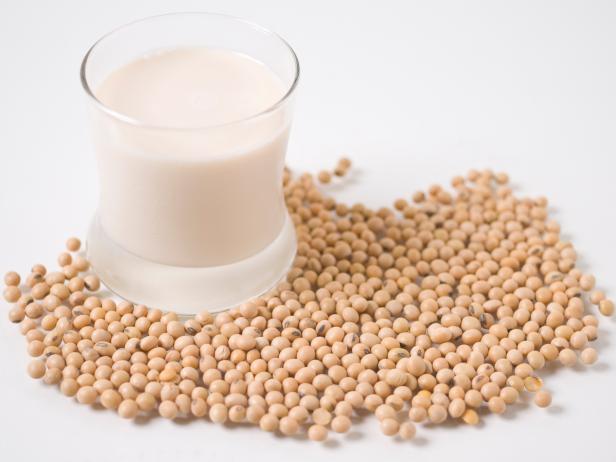Dairy Free Milk Alternatives

Best Dairy Free Milk Substitute
Once upon a time, animal milk was really the only kind of milk you could buy. Now, not so much. Walk into nearly any supermarket and you’ll find a panoply of.

Options aplenty for the,, and nut-milk curious among us. But when you’re staring at a wall of nearly identical boxes, how do you choose? Allow us to help. SELF asked registered dietitians to weigh the pros and cons of six of the most common dairy-free milk alternatives. All of them have different tastes, textures, and nutritional benefits that make them uniquely fitted for different purposes. Here’s what you need to know to make the right choice. You can’t really go wrong with any of the options, but when picking a dairy-free milk, there are some nutritional considerations you should keep in mind, no matter which carton ends up in your cart.

Non Dairy Milk Options
Go Dairy Free is the leading website for information on the dairy-free diet. We share dairy-free recipes, product reviews, news, recommendations and health guides to aide those with milk allergies, lactose intolerance or a general need or desire to live without dairy. Soy milk was the most common dairy-free milk alternative, and it was difficult to find at most supermarkets. Today, we’ve got all sorts of alternatives to dairy. Nearly every store that sells cow’s milk also carries a variety of dairy-free milk options. For allergy awareness week I’ve taken a step into the world of dairy free milk alternatives. Whether you’re allergic or intolerant to milk, vegetarian, vegan or just dislike the taste, finding a suitable dairy free alternative is important for calcium intake.